What next for the global property market?
Changes to how we work and live since the pandemic have turned the traditional property market on its head, and the latest news from around the world has only increased the noise. Mickey Alam Khan, President of Luxury Portfolio International, offers his views on where we go from here.
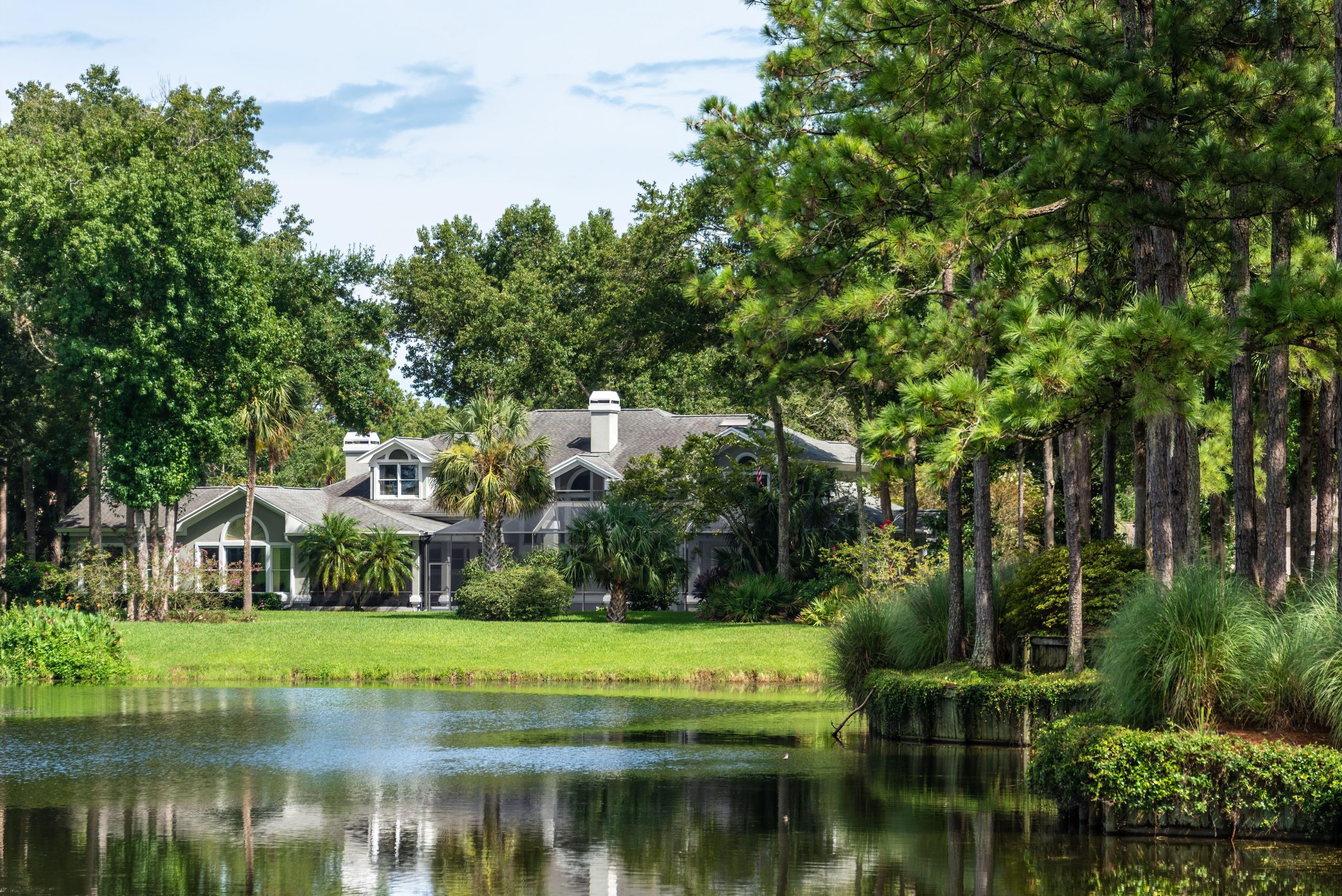
What’s the big picture in international property market right now?
The prime property market is ablaze. Agents worldwide have been experiencing record levels of activity — but increasingly, concern is mounting around inventory, which remains at an all-time low, even at prime price points. This trend is the most palpable in the United States, where bidding wars on select properties are still prevalent and aspirational buyers continue getting priced out of lower-tier luxury properties.
In the US only 6% of all home sales are for properties in the $1 million+ price point, according to NAR figures. That’s created a supply-and-demand imbalance, causing a spike in prices and a shift in where people will live. Property markets that were once subsidiaries — i.e., satellite towns — have now become luxury destinations, such as areas outside New York City or around Seattle.
Is the shift from city to country we saw during the pandemic still a factor?
Absolutely. The post-COVID landscape — where remote or partially remote work environments remain in place — will continue to magnify this trend. For example, pre-COVID, a 90-minute commute from Manhattan would have been considered an outlier. But now, if someone needs to be in the city two or three times a week, a longer commute is no longer considered onerous. That has “stretched” the commute to particularly more suburban areas, even rural communities in Northern Connecticut.
Where else are the big boom areas in the States?
Atlanta’s luxury real estate sector has become quite pricey as tech companies, such as Microsoft, open new campuses there. Charlotte, North Carolina is also feeling the pressure of a hot housing market, fuelled by banking industry business and an uptick in new residents. Yet the most compelling markets to watch include Florida, which has become the posterchild for unbridled growth, as well as Texas and Tennessee — Nashville is currently one of the most sought-after markets for high-end homes.
Does that mean that property in the big cities is suffering?
Not at all. While the Sun Belt is certainly a literal hot-bed, New York is back. Prices of condos in the city are up 20% in many cases. And in the suburbs it is nearly impossible to find a reasonably priced, move-in ready home. There’s a similar tale to tell in Chicago, where sales are up between 10% and 15%.
How about the hotspots around the world?
Internationally, all eyes are on Dubai, which is seeing record activity levels, fuelled in part by Russian investors. London, too, is seeing sales coming back in prime areas.
Looking further ahead, how do you see the market changing?
The next phase growth in the luxury market is going to be powered by wealthy millennials, and they are looking for very different things in their properties. They’re after completely wired homes that are fit for remote work as well as offering more space, as well as ‘green’ access and a great location. This is going to be a major influence on the market, and it’s going to create new opportunities. Those buyers are looking to have it all in property: high-net-worth individuals will want to work from home, but will also move seamlessly between residences. That said, the picture will look different in commercial property: despite the explosive growth in housing, office districts in major cities such as New York will continue to struggle.
What are the the potential problems that lie ahead?
Interest rates are starting to creep up around the world, but we don’t forsee that acting as a deterrent for high-net-worth house buyers, at least in the United States. It will hamper aspirational buyers, however.
Looking at the global picture, though, the biggest threats on the horizon are geopolitical, and tied to Russia and China. Affluent individuals in Europe may be thinking about moving their assets to safer havens, such as the United States. Most foreign purchasers of real estate in the U.S. in the last couple of years have been affluent buyers from China, Canada, India, the United Kingdom and Mexico.
To what extent will the situation with Russia cause ripples in the market?
Actually, China accounted for the biggest drop of foreign investment in New York real estate as the pandemic hit, so the absence of Chinese money will be far more impactful than the sanctions or retreat from Russian buyers in the New York market.
It bears keeping in mind that the U.S. and European sanctions are only freezing the targeted Russian oligarchs’ assets, not seizing them. It would be very difficult to totally seize sanctioned Russian wealth unless there’s an established a paper trail linking the purchase of those assets to illicit wealth.
Overall, demand in the market is there, but supply is not. Expectations are high, and the next few months are sure to offer an intriguing glimpse into how the industry will continue to adapt to market gyrations and disruptors on a global scale.
Mickey Alam Khan is New York-based president of Luxury Portfolio International, a global network of independent luxury brokerages
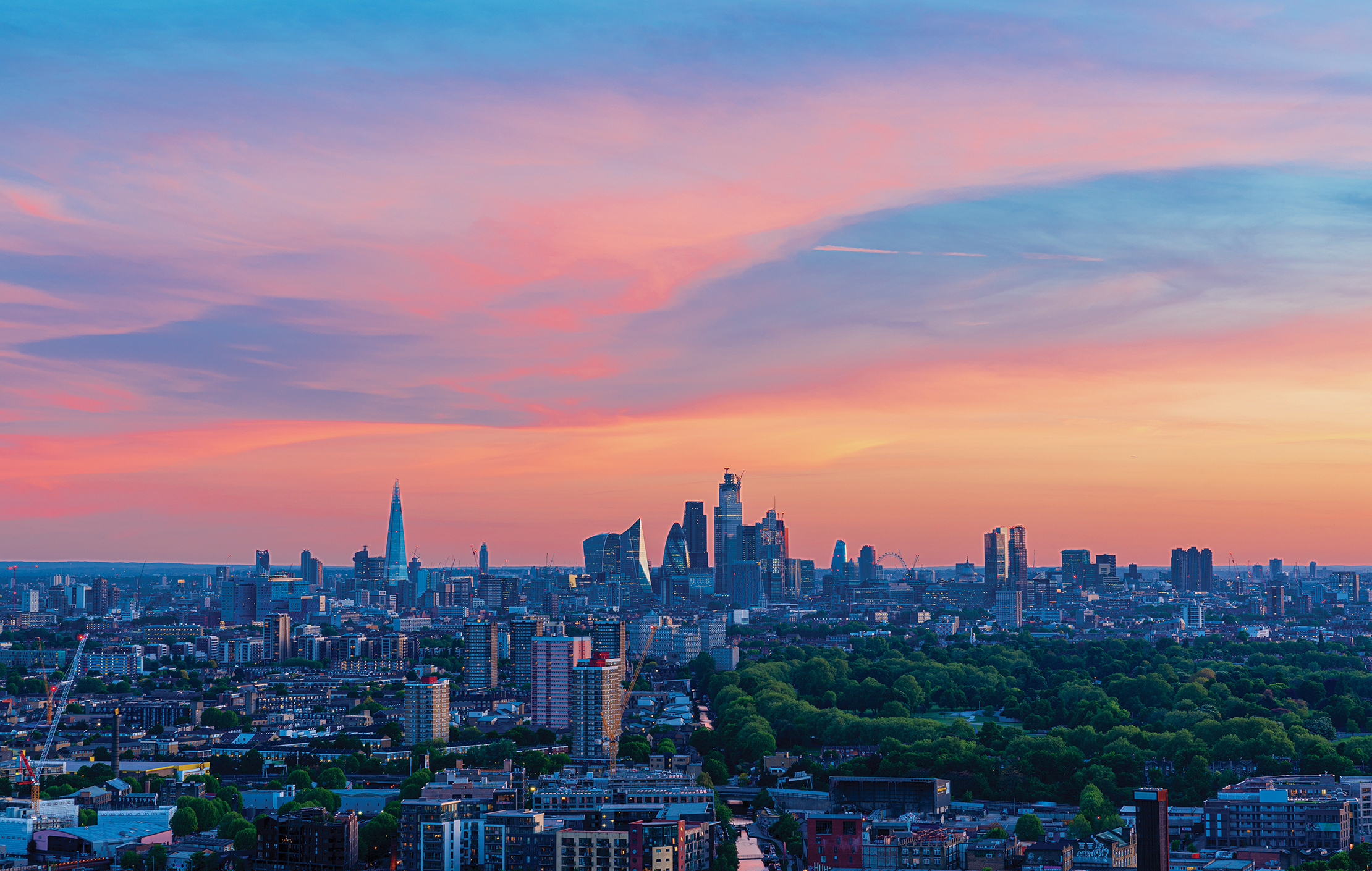
Credit: Getty Images
10 top locations to invest in international property in 2022
As the global property market begins to normalise, estate agents’ network Luxury Portfolio International identifies some of the best places
Sign up for the Country Life Newsletter
Exquisite houses, the beauty of Nature, and how to get the most from your life, straight to your inbox.
-
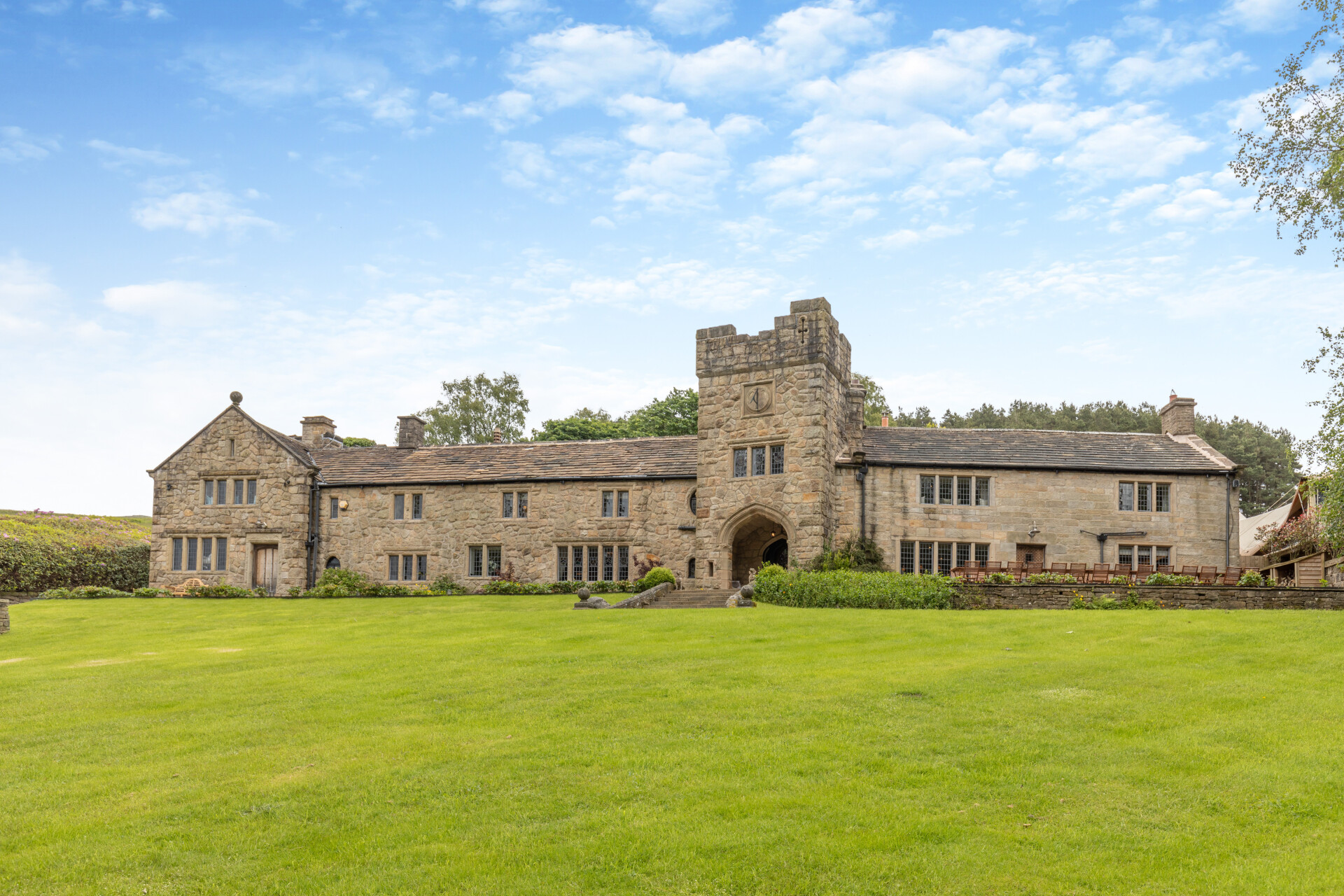 Some of the finest landscapes in the North of England with a 12-bedroom home attached
Some of the finest landscapes in the North of England with a 12-bedroom home attachedUpper House in Derbyshire shows why the Kinder landscape was worth fighting for.
By James Fisher
-
 The Great Gatsby, pugs and the Mitford sisters: Country Life Quiz of the Day, April 16, 2025
The Great Gatsby, pugs and the Mitford sisters: Country Life Quiz of the Day, April 16, 2025Wednesday's quiz tests your knowledge on literature, National Parks and weird body parts.
By Rosie Paterson
-
 Jewels of the Mediterranean: Luxury multi-generational villa holidays
Jewels of the Mediterranean: Luxury multi-generational villa holidaysThe Thinking Traveller have some of the finest villas in the Mediterranean on their books for multi-generational holidays. Here are just a few of the highlights.
By The Thinking Traveller
-
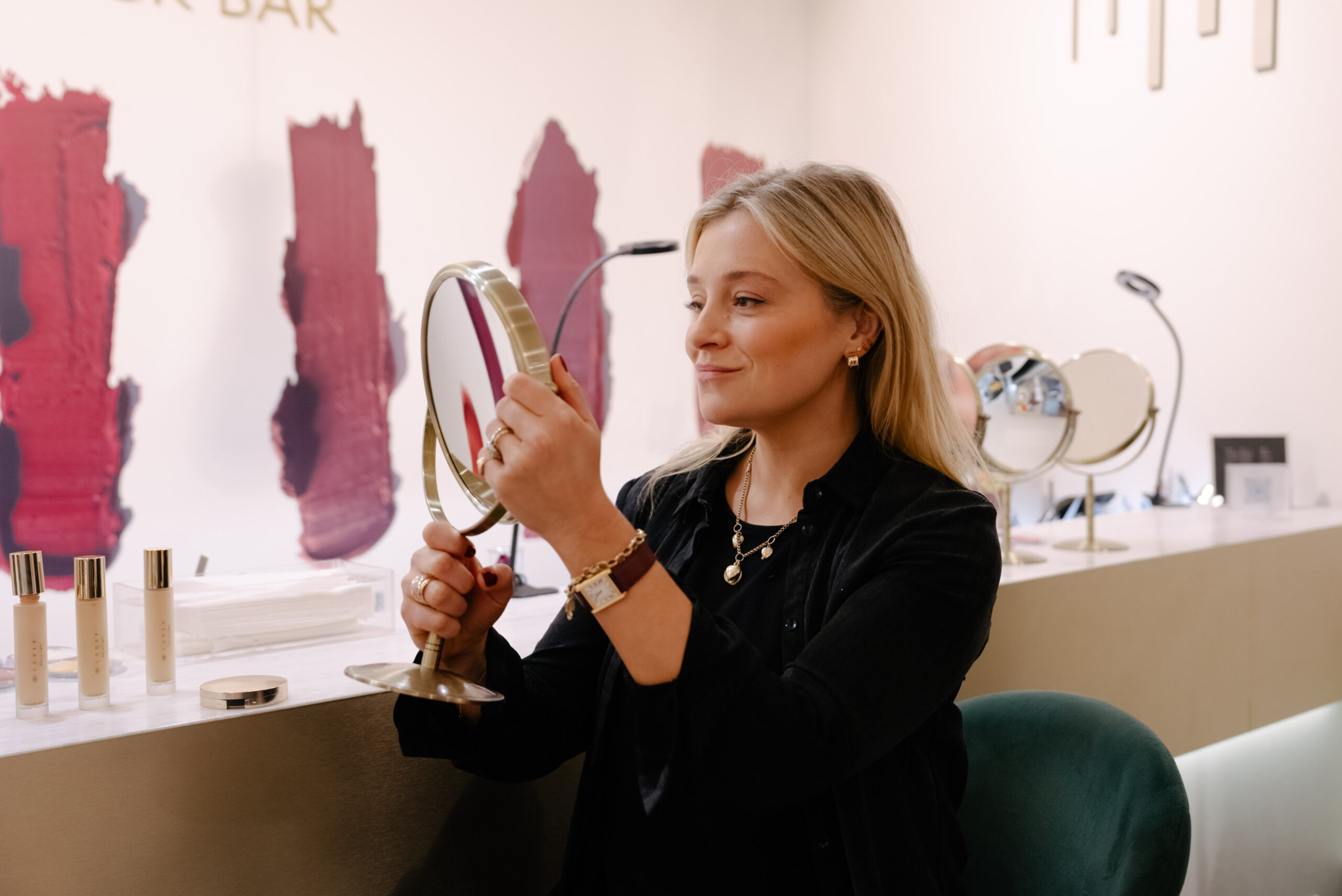 Code8: Beauty on Burlington Arcade
Code8: Beauty on Burlington ArcadeCome along Burlington Arcade with Hetty Lintell to visit beauty gurus Code8, and try their new Day To Night Foundation.
By Code8
-
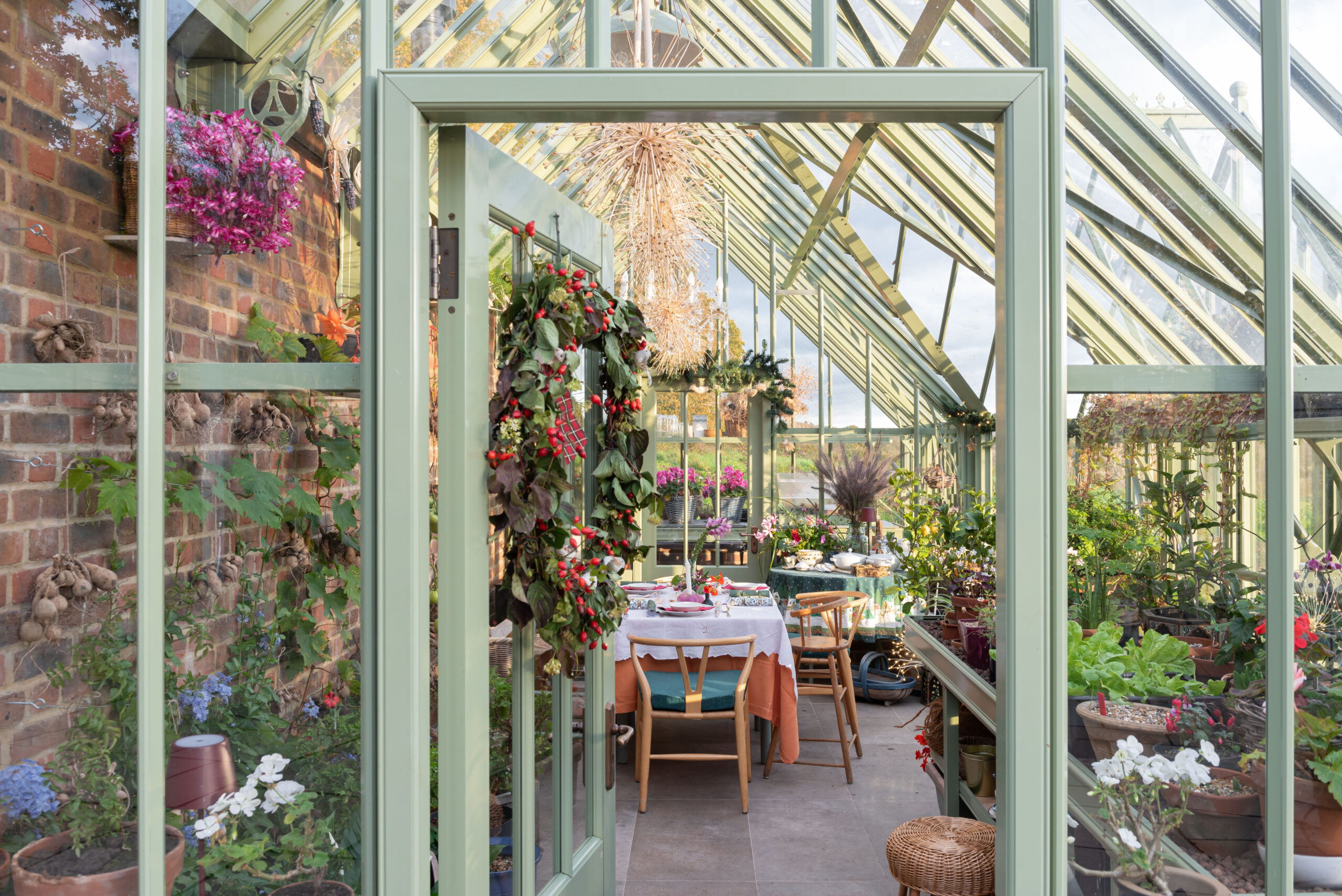 The gift of growing
The gift of growingEntirely built to suit your needs, a bespoke Alitex greenhouse not only helps you nurture flowers and vegetables, but also offers a tranquil retreat from the pressures of daily life.
By Alitex
-
 The ultimate Canadian train journey
The ultimate Canadian train journeyExperience the spectacular scenery of the Canadian Rockies onboard the luxury and top-tier service of Rocky Mountaineer.
By allantaylor
-
 Diamonds are a man’s best friend
Diamonds are a man’s best friendMale interest in jewellery is on the rise, with gypsy and signet rings proving especially popular, according to renowned jeweller Hancocks.
By Hancocks London
-
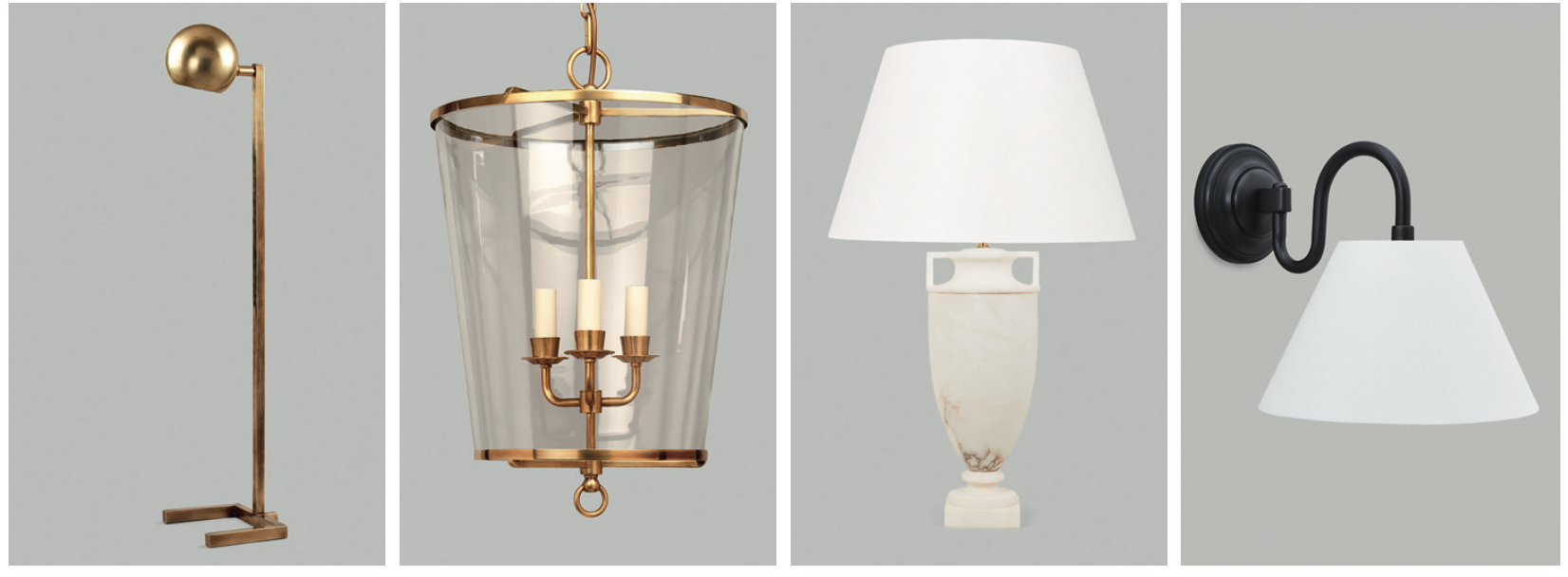 The Art of Lighting: Four of Britain's top designers share their best tips for choosing lighting
The Art of Lighting: Four of Britain's top designers share their best tips for choosing lightingAt a recent panel discussion hosted at Vaughan’s London showroom during Focus/24, interior designers Emma Pocock and Sarah Peake, lighting designer Jo Mann of Lighthouse Designs and Richard Smith of Vaughan shared their top 10 tips on choosing lighting.
By Vaughan
-
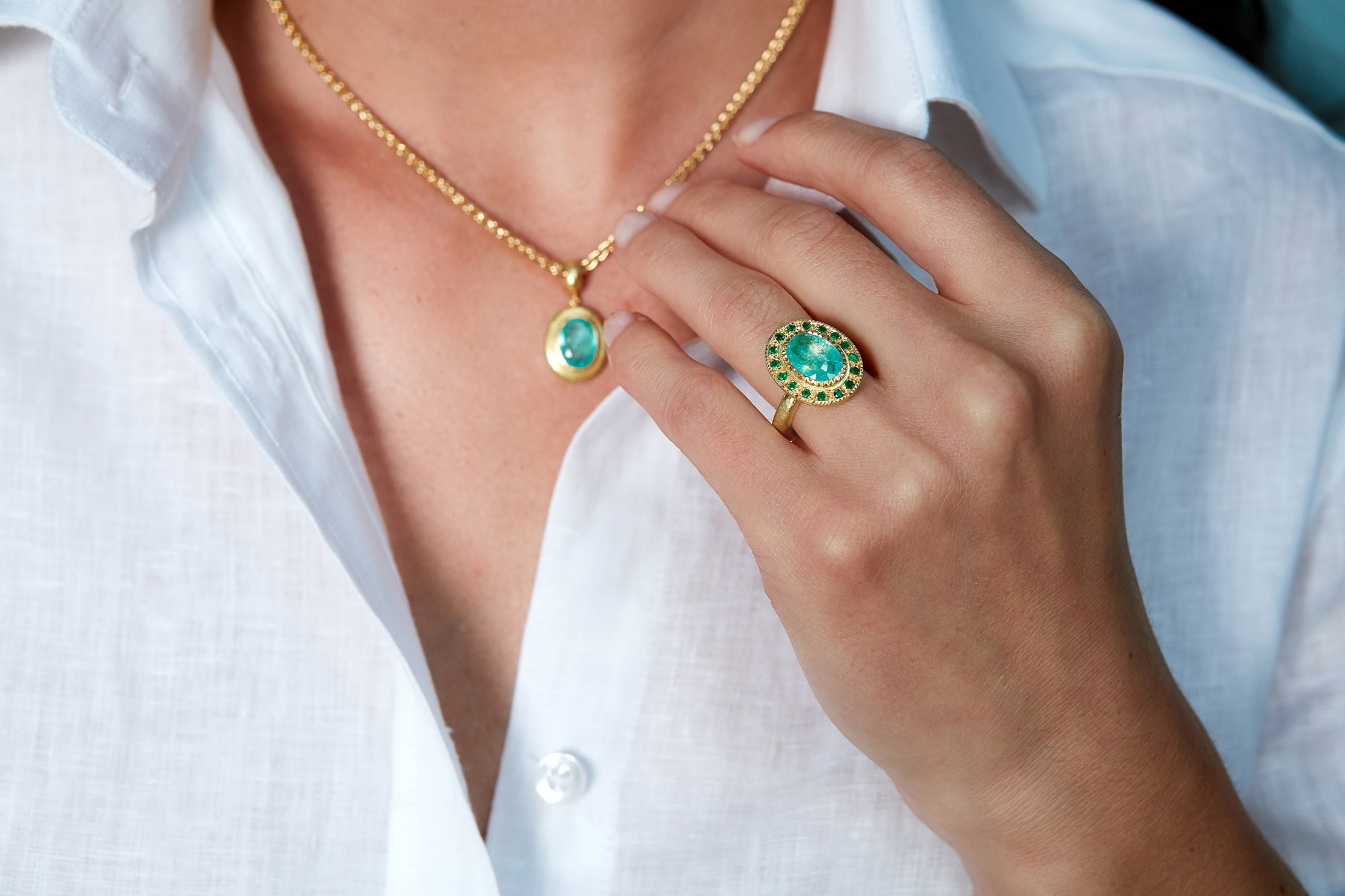 The beauty of bespoke: A journey with Julia Lloyd George
The beauty of bespoke: A journey with Julia Lloyd GeorgeGoing bespoke with Julia Lloyd George means getting not just a piece of jewellery, but a lifelong treasure.
By Julia Lloyd George
-
 Hancocks: Sparkle of genius
Hancocks: Sparkle of geniusHistoric jewellery firm Hancocks, now in its new St James’s home, specialises in old-cut diamonds pieces that gleam and turn heads even in low light.
By Hancocks London
